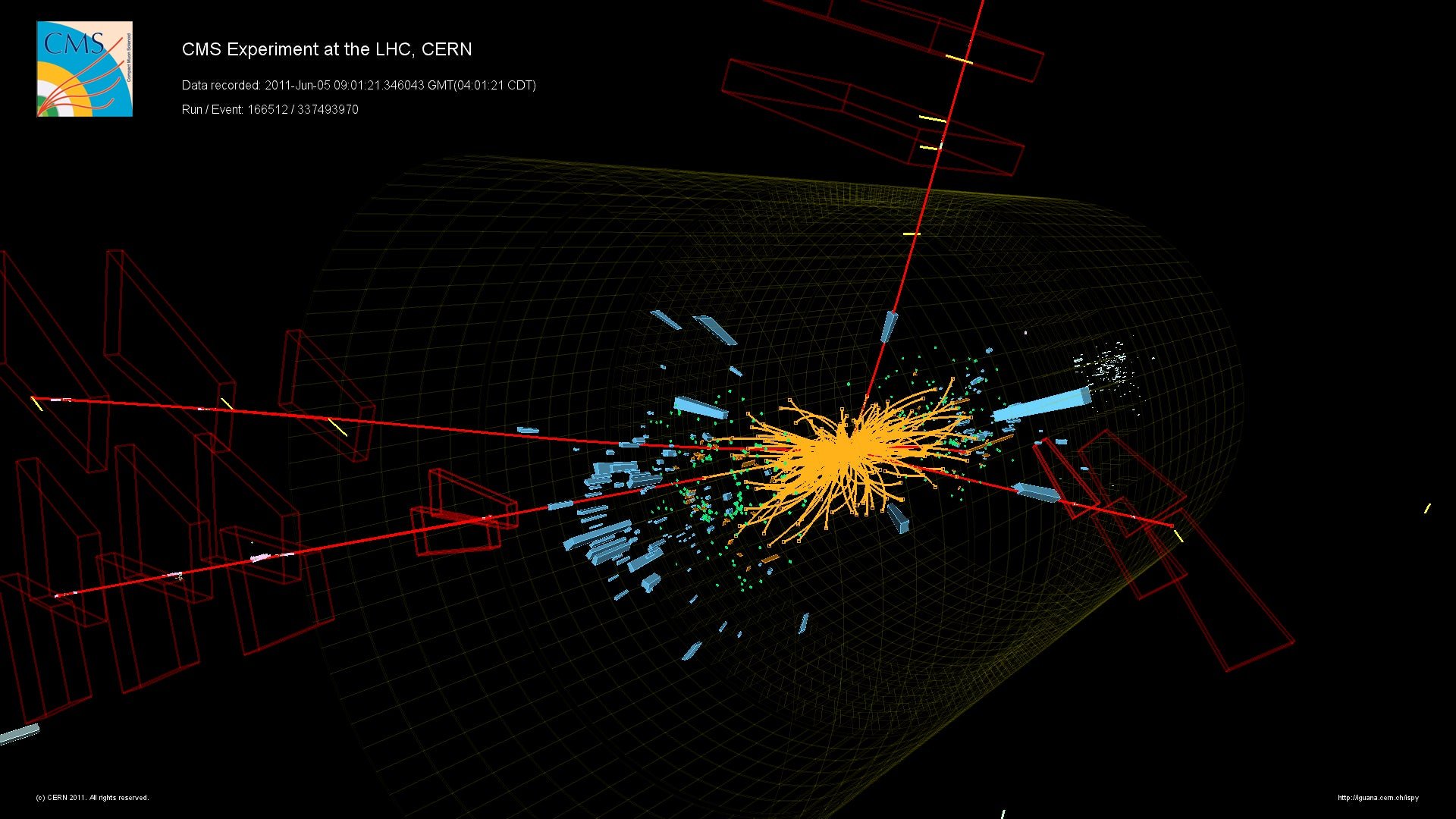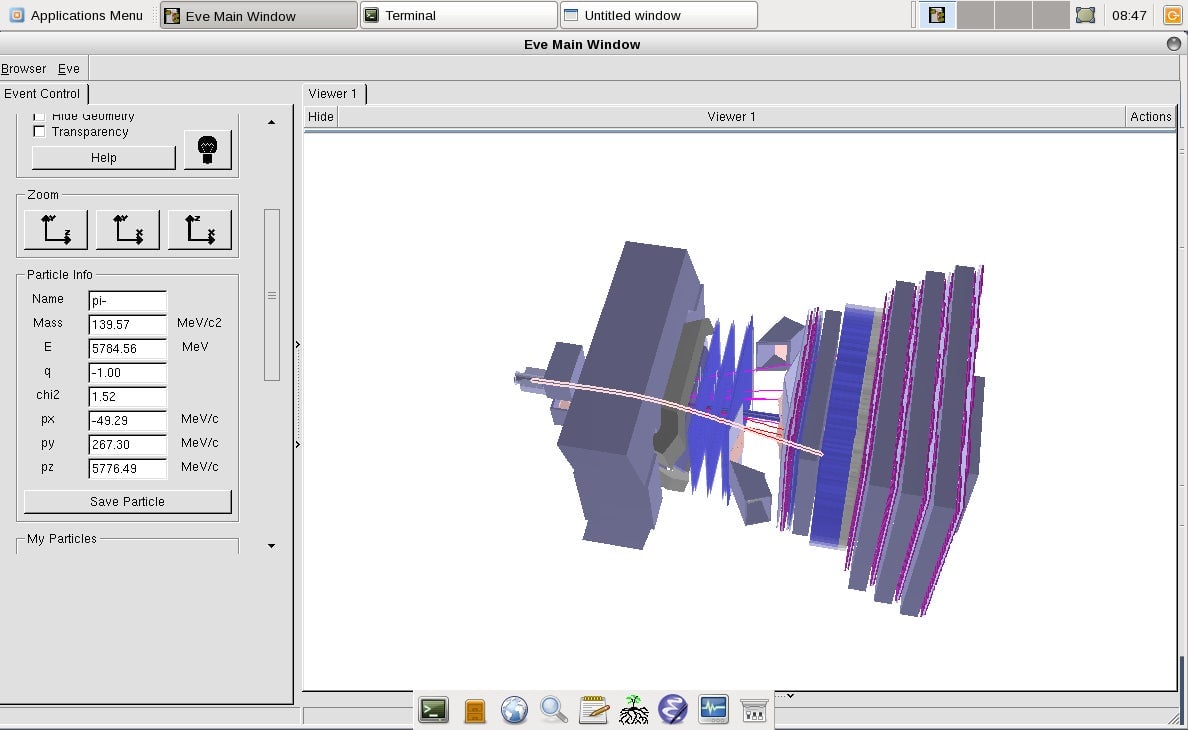Amateur Einsteins rejoice: CERN has put 300TB of data from the Large Hadron Collider online
For the first time, the general public can get its hands on a big chunk of data produced by the Large Hadron Collider (LHC). For those who have forgotten, that’s the 17-mile-long particle collider that first observed the Higgs Boson (a long-sought particle predicted by the standard model) back in 2013 and in doing so received praise from the Nobel Prize committee.


For the first time, the general public can get its hands on a big chunk of data produced by the Large Hadron Collider (LHC). For those who have forgotten, that’s the 17-mile-long particle collider that first observed the Higgs Boson (a long-sought particle predicted by the standard model) back in 2013 and in doing so received praise from the Nobel Prize committee.
On Friday, scientists from the Compact Muon Solenoid (CMS) particle detector at the LHC published 300TB of experiment data, by far the largest release to date.
The complete dataset can be downloaded in the same format used by professional physicists, or a smaller release is available that includes only enough data to capture important particle behavior. Tools for analyzing the data are also online, along with some instructions for getting started—though not enough that it’s going to make any sense to someone without a firm grounding in particle physics.

As the trend in scientific publishing has shifted toward open-access journals and open-source analysis, more and more primary source science datasets are being put online to be accessed for free. Earlier this year, scientists from the Laser Interferometer Gravitational-Wave Observatory (LIGO) released data from the first confirmed measurement of gravitational waves and even included source code documenting the analysis step-by-step.
Ready to start replicating some of the most important scientific discoveries so far this century? The LHC data is all downloadable from the CERN Open Data Portal.